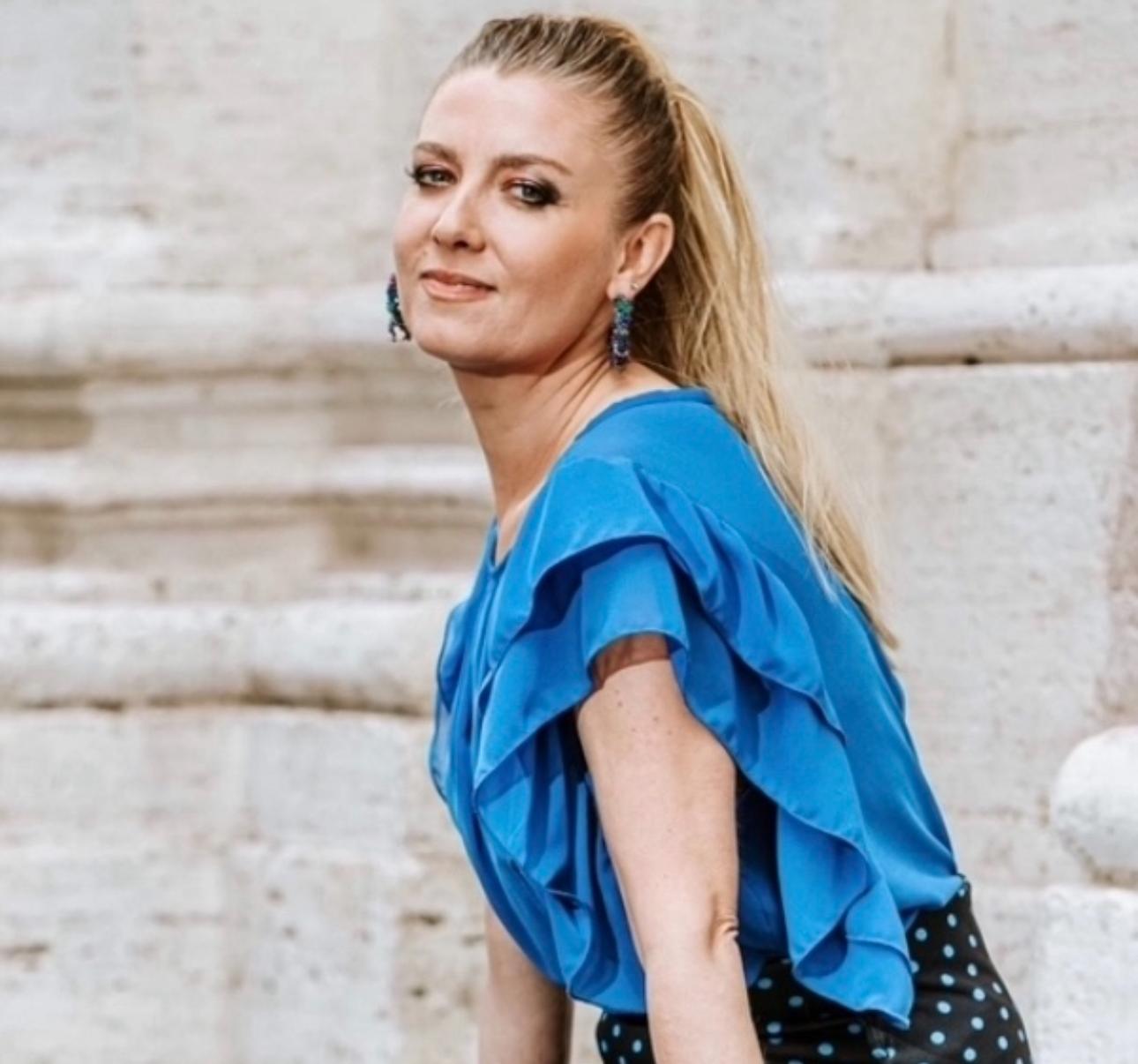Stay informed with all news from the Vatican and Rome by signing up to our weekly newsletter:
click here FOR OUR WEEKLY NEWSLETTER
The Pontifical Sanctuary of the Holy House, perched on the hilltop town of Loreto in Central Italy, is one of the most famous and precious Marian Shrines in the world. It attracts millions of pilgrims every year and numerous miracles and conversions are continuously recorded.
Fr. Guiseppe Santarelli, OFM, is the Director of the Universal Congregation of the Holy House. He explains, “They come from all parts of Europe but also from the Americas, from Africa, Asia, Japan, and China. We have tourist guides in 13 languages so that we can meet the various requests. So, it's a very international shrine of devotion to the Mother of God and to the mystery that is revealed in the House of Mary.”
Fr. Giuseppe Santarelli, a Capuchin priest, who is a living symbol of this place and has been working here for over 40 years knows very well that people visit this sanctuary enclosed in a beautiful renaissance basilica because of its remarkable history and sacred significance.
“This is the house of Mary where she lived and where she received the Annunciation,” Fr. Giuseppe notes, “and in this sense, it is also the home of the Mystery of the Incarnation. For this reason, it is one of the greatest Marian shrines in the world due to its relic and its antiquity.”
The Miraculous Journey of the Holy House
For centuries, numerous artistic depictions fueled the belief that angels miraculously carried the Holy House from Nazareth to Loreto in 1294.
Others held that the Holy House was brought to Italy at the end of the Crusades, like many other relics from the Holy Land.
In fact, in 1900, a priest found records in the Vatican archives indicating that a Byzantine Greek family named Angelos—which translates to “Angels” in English—rescued Mary’s home during the Muslim conquest of 1291.
“There is documentary evidence that indicates the house was transported to this location by sea through human initiative, rather than by the ministry of angels. However, the angels signify a special protection from God who wishes to preserve this house which commemorates the mystery of the Incarnation, and thus it is a most precious relic,” Fr. Giuseppe explains.
Regardless of how the House arrived in Italy, there is little doubt that its walls are those of the Grotto of the Annunciation in Nazareth.
Studies have shown that the stones making up the walls are not native to its current location and were not cut according to local Italian methods.
The most convincing evidence is the discovery of ancient Christian and Marian graffiti markings on the Loreto walls similar to those in ancient Judeo-Christian Churches in Palestine.
Artistic Masterpieces and Loreto’s Universal Appeal
The relic of the Holy House is covered by the marble ornamentation that is one of the highest expressions of 16th-century sculpture for its artistic quality and the size of design - 610 meters of masterpiece.
The four gates of the Holy House were made with the chains of Christian slaves bound during the battle of Lepanto against Turks in 1571. Christian soldiers turned to the Lady of Loreto for her protection, and after the victory they brought their chains to the shrine.
Inside the Basilica, numerous national chapels showcase a stunning array of artistic beauty, among them the American chapel showcases many historic characters like presidents and astronauts. Thousands of Americans come here to pray to Our Lady of Loreto.
“On the right wall, there is a depiction of Our Lady, patroness of aviation, because Our Lady of Loreto was proclaimed Our Lady of Aviation in 1920 by Pope Benedict XV,” Fr. Giuseppe notes. “She is therefore considered the patroness of air travelers by Catholics worldwide.”
Many saints and popes have visited the shrine. Saint John Paul II called the Holy House of Loreto “the true Marian heart of Christianity.” Following in his footsteps, Pope Francis visited Loreto on the Solemnity of the Annunciation in 2019. He signed the Post-Synodal Apostolic Exhortation Christus Vivit within the Holy House, anchoring the Church's message to youth in this sacred site. This act underscored that the future of the Church is deeply rooted in Mary’s example and her “yes” to the Lord.
Adapted by Jacob Stein
SIGN UP FOR OUR WEEKLY NEWSLETTER HERE

Born in Warsaw, Poland, in 1979, she is a linguist, translator, producer, writer, journalist, and a long-time foreign correspondent for Polish National Television TVP in Rome and the Vatican. She holds a master's degree from the University of Warsaw, doctoral studies from the Gregorian University in Rome, and post-master studies from the Diplomatic Academy in Warsaw. For 10 years, she was a translator for the Tribunal of the Roman Rota and the Apostolic Signature in the Vatican. She has produced over 20 documentaries about the Vatican and the papacy and authored four bestsellers about the Vatican and Rome. As the wife of a Pontifical Swiss Guard member, she lived for over 16 years in Vatican City, a neighbor to the last three popes. She is the mother of two teenage daughters and has been the EWTN Vatican correspondent in Rome since May 2024.







